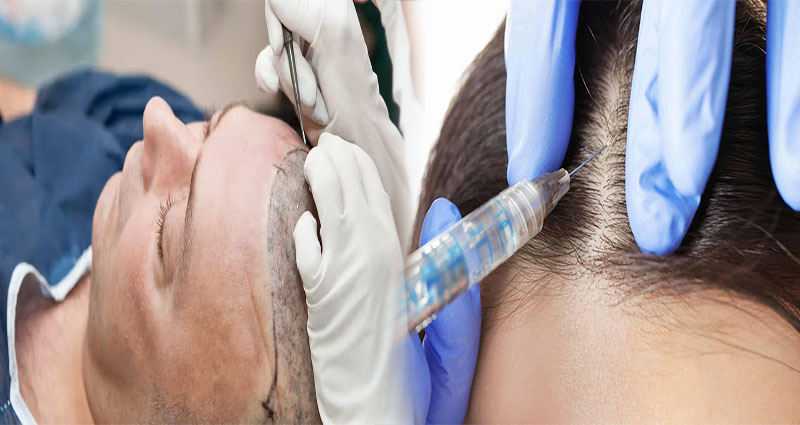Hair transplant surgery has become a popular solution for individuals dealing with hair loss and balding. It is a surgical procedure that involves transferring hair follicles from one part of the scalp (donor site) to another (recipient site) to promote hair growth. If you are considering a hair transplant, it is essential to have realistic expectations regarding the success rate and results of the procedure.
Understanding Success Rate
The success rate of a hair transplant procedure can vary depending on several factors, including the technique used, the skill of the surgeon, the quality of the donor hair, and the individual’s existing hair loss condition. In general, modern hair transplant techniques, such as Follicular Unit Extraction (FUE) and Follicular Unit Transplantation (FUT), have high success rates.
Studies have shown that the success rate of hair transplant surgery ranges from 85% to 95%. This means that the majority of patients who undergo the procedure experience satisfactory results in terms of hair growth and density. It is crucial to choose a qualified and experienced surgeon and follow post-operative care instructions to maximize the success rate of your hair transplant.
Immediate Results
After a hair transplant procedure, it is common for the transplanted hair to fall out within the first few weeks. This is a natural part of the hair growth cycle, and it is known as “shock loss.” It may take several months for the transplanted hair follicles to enter the growth phase and start producing new hair.
Around 3 to 6 months after the surgery, you may begin to notice new hair growth in the recipient area. However, full results can take up to 12 to 18 months to become apparent. During this time, the transplanted hair will continue to thicken and mature, resulting in a more natural and aesthetically pleasing appearance.
Long-Term Results
Hair transplant surgery offers long-lasting results for most patients. The transplanted hair follicles are typically resistant to the effects of hair loss hormones, making them less likely to thin or fall out over time. However, it is essential to maintain a healthy lifestyle, follow a proper hair care routine, and avoid damaging practices to ensure the longevity of your hair transplant results.
Realistic Expectations
While hair transplant surgery can significantly improve the appearance of your hair and restore your confidence, it is essential to have realistic expectations about the procedure. Results may vary from person to person, and factors like existing hair loss patterns, hair thickness, and the quality of the donor hair can influence the outcome.
Additionally, it is important to understand that a hair transplant is not a quick fix for hair loss. It requires time, patience, and commitment to achieving the desired results. Consulting with a qualified surgeon and discussing your expectations and goals can help you make an informed decision about whether a hair transplant is the right option for you.
Hair transplant surgery can be an effective and permanent solution for hair loss, with a high success rate and long-lasting results for most patients. By understanding what to expect regarding the success rate and outcomes of the procedure, you can make an informed decision and take the necessary steps to achieve the hair restoration results you desire.










